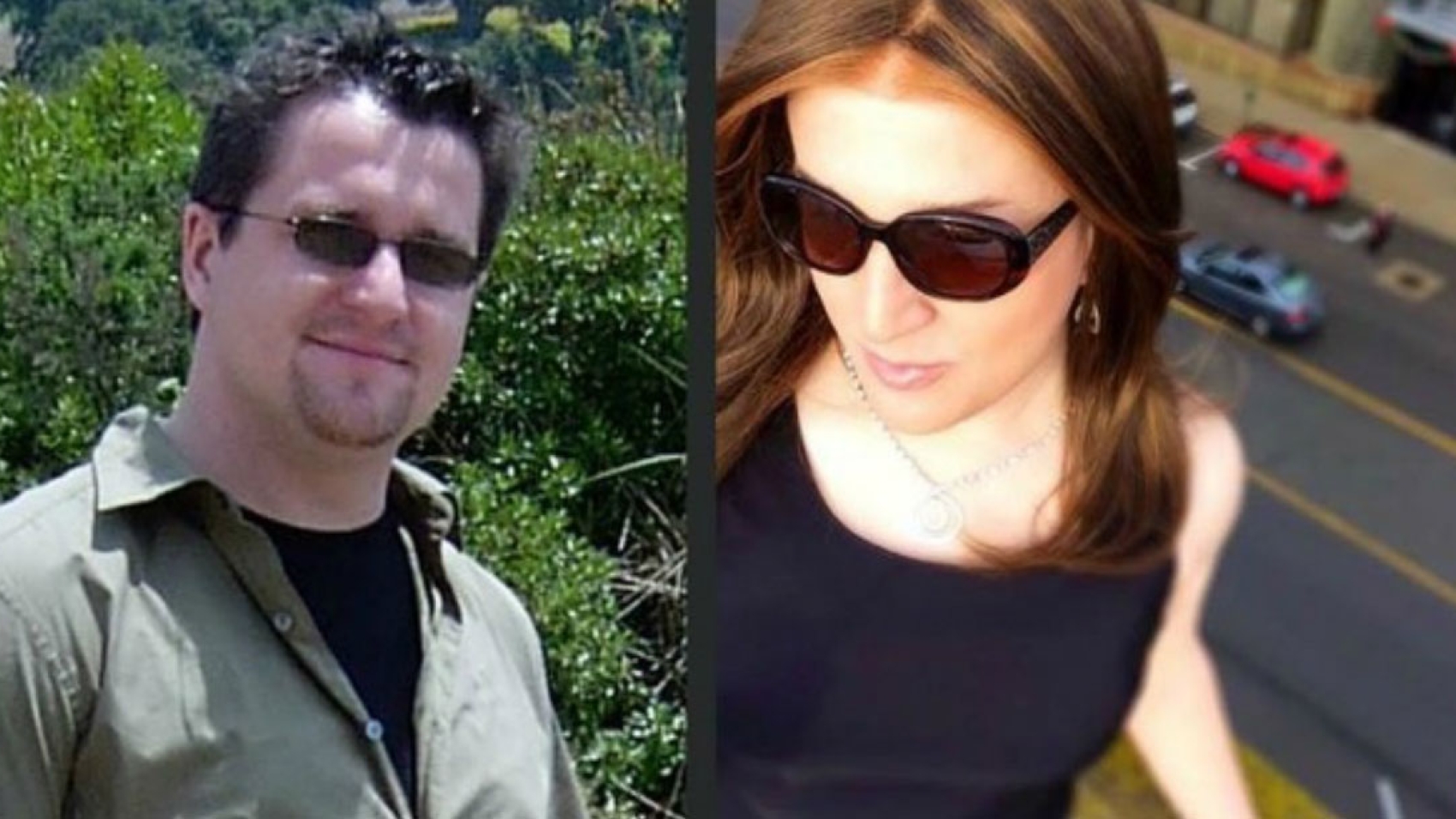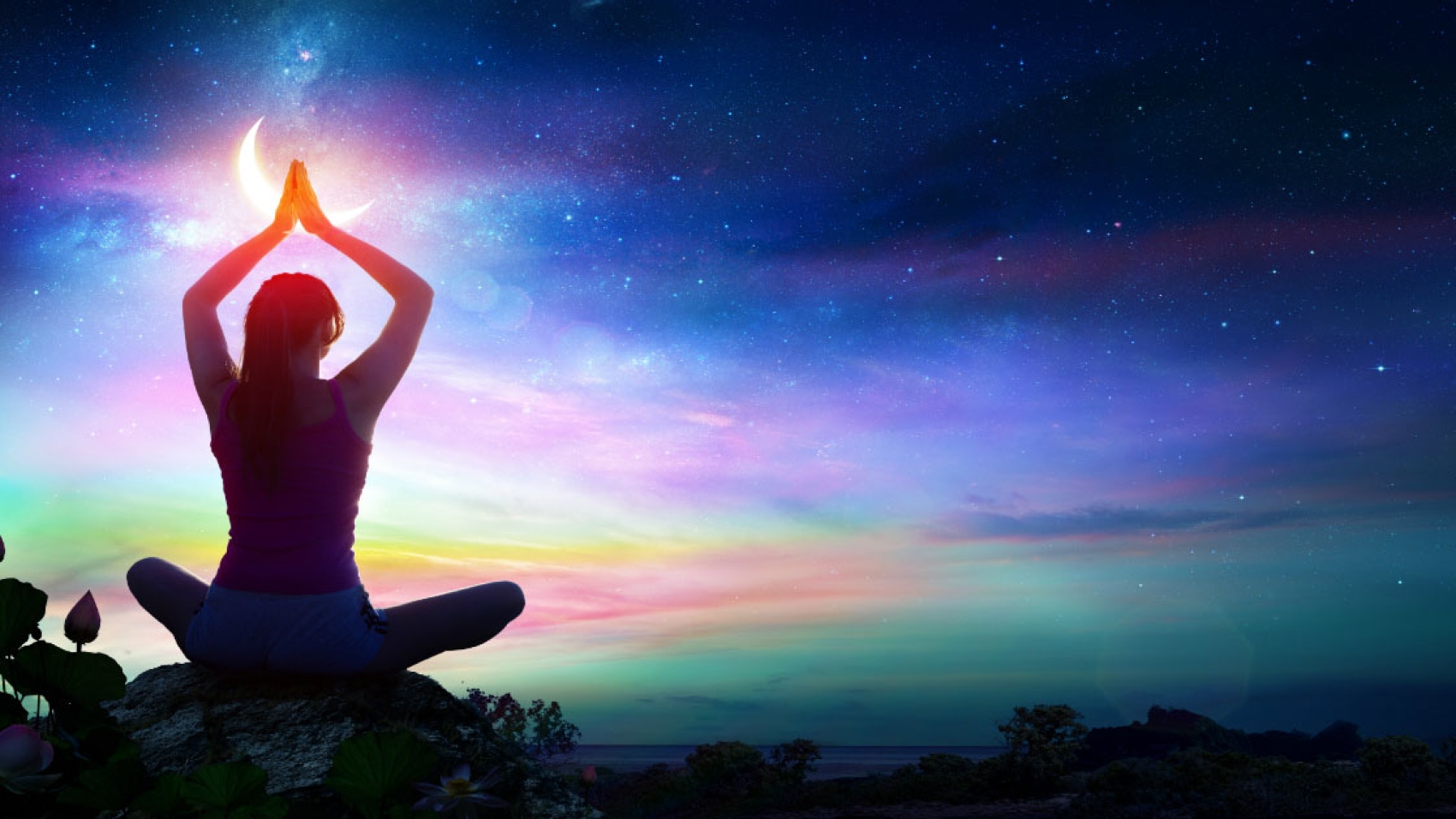From Scott to Hannah: An Inspiring Journey to Happiness
The moment that I first met Scott some 10 years ago during an interview, I knew he was the one for the job. I was searching for someone to help me launch the Deborah King Center and Scott, with his ability to be both simultaneously wildly creative and precisely methodical, was excited to join me on this adventure.
In addition to the regular working hours that we spent together in the office, Scott frequently joined me and my husband Eric on book tours and at workshops and events.
A talented composer and musician, Scott was famous for treating our workshop attendees to live music throughout the program. The film crew would always marvel at his ability to wear multiple hats throughout the event: Scott managed the less glamorous (but essential) technical activities, such as coordinating the “run of show” (a minute-by-minute timeline) and audio feeds, and would then seamlessly move into the role of musician. As he sat down at the keyboard, he would silently observe and appreciate the energy in the room for a moment before he joined in with perfect harmony.
Everyone is flawless – from a distance
When Scott and I would select images for the website, he always gravitated toward photos of beautiful women. Many people would not have thought twice about this – after all, Scott was married with two children, loved his job, and appeared to be happy. While his life seemed flawless from a distance, these images of beautiful women represented perfection to Scott: for them, there was no struggle, no need to photoshop, no white lies, no need to show only a “good” side.
But deep in my heart, I knew that Scott was living a life consumed with hiding. Once, when Eric and I were walking with Scott across the grounds of a workshop, Eric looked down and exclaimed, “Scott, you’ve got pink polish on your toenails!” We all laughed … and simply continued over toward the building where I was scheduled to present.
Letting each layer fall away
“Gender dysphoria” or “transgender” is when a person’s emotional and psychological identity as a male or female is opposite of their biological sex. Like every living thing on Earth, a person’s gender identity exists on a spectrum and gender dysphoria fits well within the range of human biological variation. Research published in The Journal of Neuroscience shows that people with gender dysphoria have structural differences in their brains that are between their desired gender and their genetic sex.
Being forced to hide something so integral to who you are as a human being, out of fear of isolation from your loved ones and community, leads many transgender people to a dark place where depression quickly takes over and anxiety flourishes. The Trevor Project reports that 40% of all transgender people have attempted suicide (and 92% tried before the age of 25). As if the internal struggle was not difficult enough, when a transgender person is verbally or physically assaulted, their risk for self-harm more than doubles.1
This life is a journey – and when the time comes for you to turn a corner on your healing path, you will know. For Scott, his lifelong struggle to conform to what society told him was “normal” eventually became overwhelming: he ended his first marriage, left the Deborah King Center, and embarked on a deeply personal journey that led him to transition to Hannah. After years of hormone therapy and active leadership in the transgender community, Hannah’s healing journey has given her clear eyes and a full heart to share with the world.
And we are very excited to welcome her back to the Deborah King Center!
Healing is a lifelong process and, just like you and me, Hannah’s journey for peace and happiness will continue. For much of her life, Hannah was forced to wear a mask and act through a body that did not match her soul. By slowly letting each and every layer of herself fall away, Hannah shows us that when you love yourself and lean into faith, anything is possible.
To celebrate and honor Hannah (and hopefully bring a smile, remembering her website image preferences from many years ago), this blog post features before and after photos of Hannah –what a beautiful woman she has become. We are forever grateful that Hannah’s path led her safely home to her Soul Family.
Welcome home, Hannah!
More information about what it means to be a transgender person
Over the past few weeks, I’ve been unable to contain my excitement that Hannah is coming back to the Deborah King Center. In my day-to-day conversations, I’ve been struck by how often a student, colleague, or DKC team member tells me that they also have a loved one who is transgender. Last week, Sarah, who’s new on the team, told me her teenage son is transgender. She said that she and her husband knew from when he was a young age that he was a boy, even though he was born as a girl. While she and her husband have concerns about letting him start hormone therapy at such a young age (simply because the long-term effects are unknown), the family all agrees that the choice is his to make. One of her biggest fears, she told me, was around the high suicide rate among transgender people. At the end of the day, she wants her son to go on to live a happy life – just like any parent wants for their child.
If you’re wondering what it means to be transgender, here are some important key points:
- A person’s biological sex refers to the physical differences—the chromosomes, hormones, and internal and external sex organs—that help us assign a certain sex to a newborn infant. However, this is much more of a fluid topic than is commonly known; biological sex is not always obvious.
- On the other hand, a person’s gender identity is their own personal experience with their gender. For transgender people, their internal gender identity doesn’t match what it says on their birth certificate. Unlike gender expression (see below), gender identity is not visible to others. You can’t look at someone and know if they feel like a man or woman or other gender inside.
- Gender identity can also refer to the role of a male or female in society. From a young age, we are socially conditioned as to how we see men and women’s roles; change to these traditional roles is usually met with a lot of resistance, such as women becoming CEOs or men being stay-at-home dads.
- Gender expression is how a person manifests their gender identity: their name, clothing, the way they style their hair, the tone and pitch of their voice, and body characteristics. Different cultures at different times have had various ways of expressing masculinity or femininity. High heels, for example, were originally worn by men who had a higher social status. Pink, a color we now associate with girls, was actually reserved for boys. In the 1800s, English men wore red uniforms and boys, who were seen as small men, wore pink (a less grown-up version of red).
- Sexual orientation is often confused with gender. What gender you are in your psyche and soul doesn’t determine who you will be attracted to. Transgender people can be straight, gay, lesbian, or bisexual. Scott was attracted to women; so is Hannah, and she recently married another woman. Isn’t their wedding picture (above) fabulous!
- While the word “transgender” is a new construct, courtesy of Western culture, societies around the globe have their own long-held traditions for third, fourth, fifth, or more genders. It may come as a surprise to learn that worldwide the sheer variety of gender expression is almost limitless and that gender diversity has a long history among many different cultures. PBS shared an interesting Google Map a while back that shows the many gender-diverse cultures all over the world.
Transgender people have a different gender identity and/or gender expression than one based on the sex they were assigned at birth. Some take hormones prescribed by their doctors to align their bodies with their gender identity. Some choose to undergo surgery as well. It’s important to note that transgender person’s identity is not dependent on physical appearance or medical procedures, but on their own sense of themselves. Let’s all move into a brave new world where we can each be our own unique self, divorced of any external constructs or labels.




